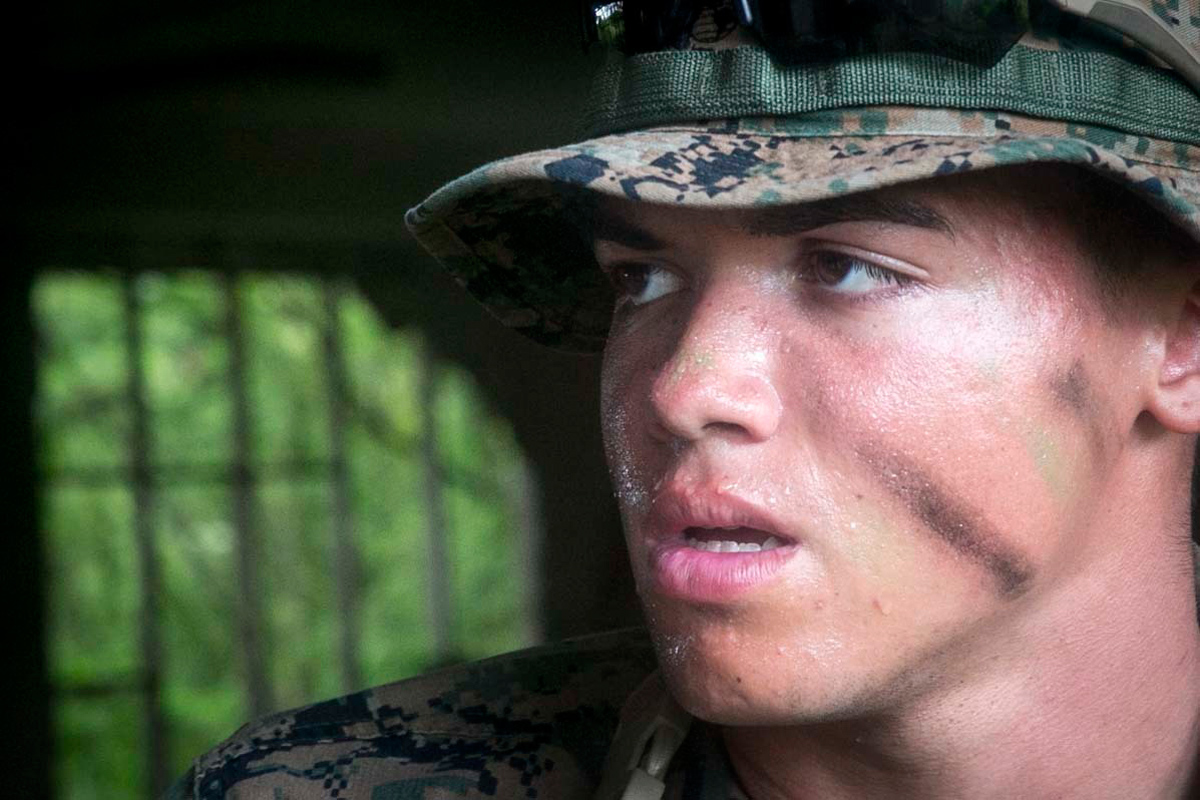Hawaii military deployments upended by coronavirus

At least 15 COVID-19 cases have been confirmed within the U.S. military in Hawaii, with a sailor assigned to a Pearl Harbor shore command among recent cases.
A new overseas “stop movement” order put in place by the Pentagon, meanwhile, has raised questions about current deployments of Schofield Barracks soldiers to Thailand and Iraq and Hawaii National Guard soldiers to Afghanistan and left other key Pacific assignments in doubt.
Among exceptions are scheduled deployments and redeployments of U.S. Navy vessels and embarked units, provided they are in transit for 14 days and have met requirements associated with current force health protection guidance.
Hawaii-based Marine Corps helicopters and Osprey tilt-rotor aircraft were flown to Pearl Harbor recently for staging ahead of an annual spring deployment to Australia known as Marine Rotational Force-Darwin involving 2,500 Marines.
“We have not received notification MRF-D is canceled and defer any additional questions about the status of the exercise to the (U.S.) embassy and the Australian government,” spokeswoman 1st Lt. Bridget Glynn said in an email.



